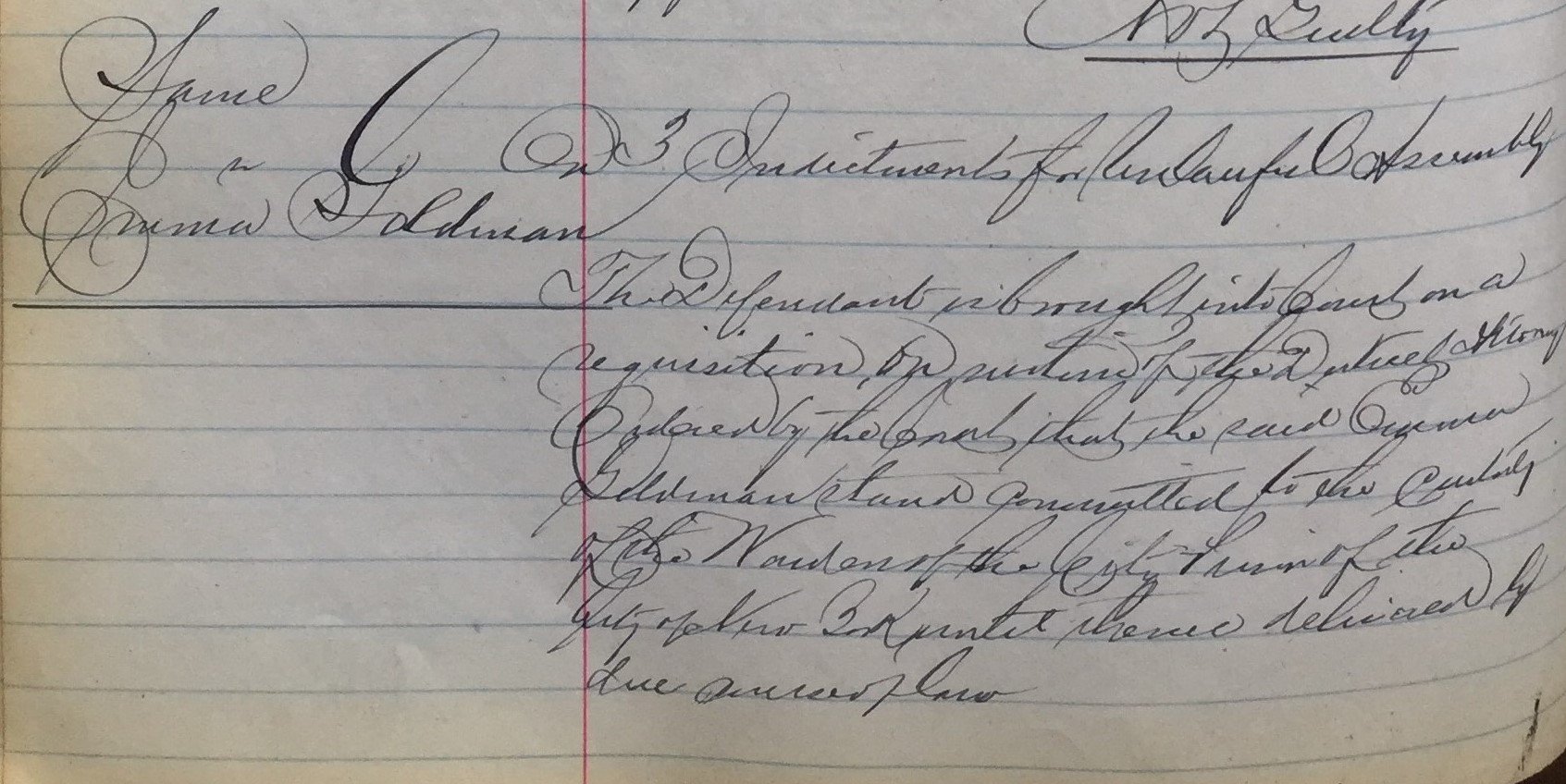From 1977 to 1991, New York City Councilmembers Miriam Friedlander, Jane Trichter, Ruth Messinger and others frequently used the cable television station Channel L to advocate for the rights and welfare of women, as well as celebrate the history and ongoing activism of women in the City. Channel L was the public access channel assigned to the City of New York by (Sterling) Manhattan Cable Television as part of the franchise agreement MCT signed with the City in the late 1960s. Hosting episodes of the call-in talk show, ‘Manhattan at Large,’ these Councilmembers invited guests to discuss salient and evolving issues in women’s lives, such as job discrimination, domestic abuse, politics, sexual orientation, and homelessness, to name just a few.
The first Women’s History Day was held in New York City, February 28th, 1909, organized by the Socialist Party of America and corresponded with rising action to achieve women’s suffrage in the United States. In the following years, the celebration evolved into International Women’s History Day, observed every March 8th by feminist, Socialist and labor organizations around the world. By 1978, both New York City and the United Nations officially recognized International Women’s History Day and the United States declared March as Women’s History Month in 1987.
REC0072_0136_excerpt March 3, 1982. Channel L Working Group Collection, NYC Municipal Archives. Diane Lacey (board member of the NYC Health and Hospital Corporation) and Connie Kopelov (Coalition of Labor Union Women) comment on the importance of knowing women’s history and what it does for them personally.
The recognition of International Women’s History Day in 1978 came one year after the pivotal 1977 National Women’s Conference in Houston, chaired by New York Congressional Representative Bella Abzug. Tens of thousands of women from across the country attended the conference and created a report that was later presented to Congress and the Carter administration. The report, titled The Spirit of Houston, included a National Plan of Action detailing reforms and new policies meant to improve the lives of women in the United States. The many topics covered in the report included: education, minority women, employment, domestic abuse, healthcare, an Equal Rights Amendment, insurance, homemakers, older women, sexual assault and reproductive freedom.
REC0072_0013_excerpt March 15, 1978. Channel L Working Group Collection, NYC Municipal Archives. The devaluation of work traditionally done by women was one of many topics discussed at the National Women’s Conference.
The importance of such a conference was underlined by the stark realities women faced in the United States in the late 1970s, and still face today. One topic that Councilmember Friedlander returned to repeatedly on her Channel L program was the plight of battered women and efforts to reform laws around domestic abuse. Frequently, law enforcement officers and courts treated domestic violence as a family matter to be handled internally, rather than a criminal assault that necessitated serious legal penalties. Over the course of her time in City politics, Friedlander successfully pushed for a significant expansion of shelters and services for victims of domestic abuse.
REC0072_0027_excerpt July 26, 1978. Channel L Working Group Collection, NYC Municipal Archives. The ongoing tolerance of domestic abuse has been a primary example of the way in which women are treated as second class citizens, despite significant reforms.
Although abortion had been decriminalized in New York State in 1970, it wasn’t until 1973 with the Supreme Court’s decision in Roe v Wade that abortion was essentially legalized throughout the country. Even with this new legal status, it was estimated that hundreds of thousands of women were still unable to get an abortion throughout the 1970s. This was often due to inadequate facilities where they lived, forcing them to make long and burdensome trips to obtain safe and reliable healthcare. This remains a major problem almost half a century later and one that primarily impacts already disadvantaged women.
REC0072_0129_excerpt January 13, 1982. Channel L Working Group Collection, NYC Municipal Archives. Despite abortion rights being consistently supported by large majorities in the United States, it is an inherently difficult topic to discuss and therefore organize around.
In 1937, Genevieve Earle was the first woman elected to the New York City Council. Representing Brooklyn, she became involved in politics in 1907 as a municipal researcher and was a leader in the local suffragist movement for many years. Four decades after her election, Councilmembers like Miriam Friedlander traced their own work for women’s rights back to this era, drawing not only on the inspiration Earle had provided, but also the hard-won legal rights the suffragette generation had achieved. As of 2022, roughly four decades after these television programs were broadcast, for the first time in history, the majority of the New York City Council is made up of women. Still, it is important to appreciate that women’s history extends far beyond any one place or time and that no one organization or group of government officials has an ability to define or claim ownership. The same can and should be said of women’s hard-won legal rights.
The New York City Municipal Archives recognizes the critical role that women have played in our City’s history and is committed to the preservation of records that document that history. We hope that the conversations recorded in these videos and many others in the Channel L collection will inspire current and future generations to honor the achievements of those who came before and strive for a better future.




